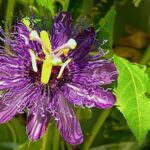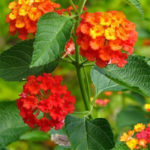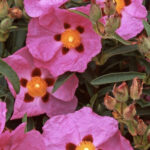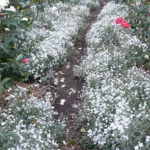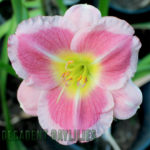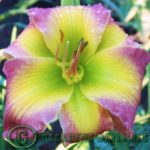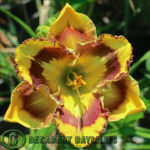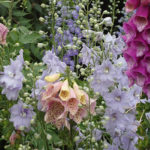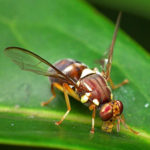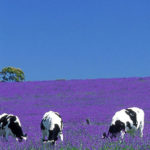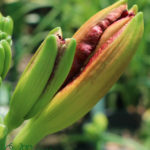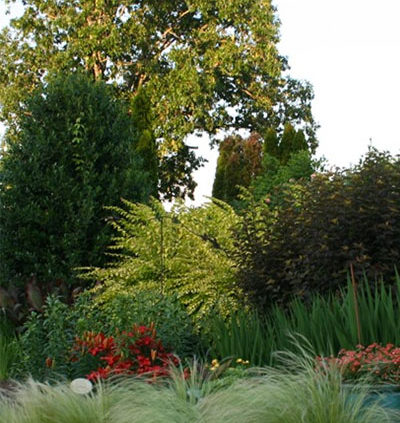
What is Xeriscape Gardening?
What is Xeriscape Gardening – Do You Know?
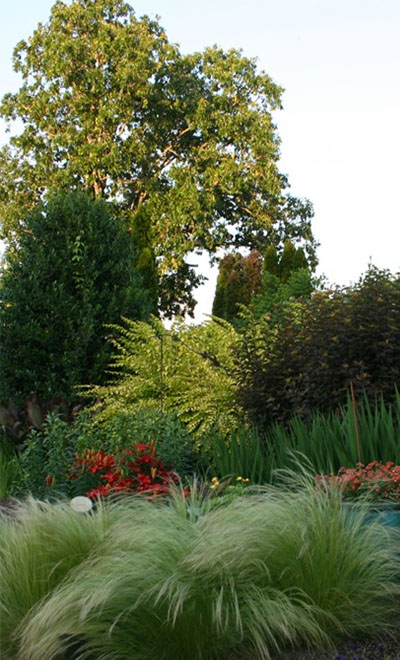 XERISCAPE comes from the words ‘XERI’ meaning dry and ‘SCAPE’ meaning a massive view, scene or scenery.
XERISCAPE comes from the words ‘XERI’ meaning dry and ‘SCAPE’ meaning a massive view, scene or scenery.
Xeriscape gardening is a new and quite innovative form of gardening that originated in Colorado, the whole idea was to save water. It takes away the need to water by conserving water using bulbs, native plants, grasses, succulents, kangaroo paw and any drought tolerant plants when gardening or landscaping. This is incredibly helpful for areas that do not have a large amounts of fresh water or have limited water, and is a great way to conserve the amount of groundwater in particular, in outback areas of Australia, without having to sacrifice gardening altogether.
Xeriscaping is also known by a few other terms such as drought-tolerant landscaping, water-conserving landscaping, and smart-scaping, and is often referred to as zero-scaping or xeroscaping, although the correct term is always xeriscaping. Xeriscaping is a careful process when beginning this type of garden, the plants that are grown must be selected and suited to the region, climate and area and require the same amount of water and environment as the next plant and if possible watered mainly by rainfall, to conserve water usage. Irrigation systems can be used rarely. If the plants are not very drought tolerant they will not survive and will most likely will die. Rather than allowing this to happen, choose the right plants suited to your area, this doesn’t mean to buy prickly desert type plants, just plants that survive with little or no water it means dry climate gardening with the helpful use of mulch covers and good plant design this helps retain moisture within the garden, xeriscaping is all about being water efficient.
Native plants, or plants that adapt to dry climate conditions, they will save you money in the long run by conserving water usage. Xeriscaping has many advantages over other types of landscaping in areas that have very little fresh water or often suffer from droughts, such as any type of desert biome. Xeriscaping has a much lower overall consumption of fresh water compared to the more conventional forms of landscaping and allows the fresh water in the area to be freed up for other uses around the local area for example live stock, cattle and sheep. There is a much lower need for maintenance to be performed on this type of gardening, as there is usually no grass lawns watered in the area, grass lawns would be very difficult to xeriscape. Plant less lawns or lawns that are drought tolerant and cut the lawns longer, the lawns will spring back when you receive normal rainfall.
As xeriscaping is a garden full of plants that need little water and to be able to cope with their natural environment this does not include daylilies. Daylilies are not suited for xeriscape gardening, daylilies require different amounts of water different times of the year, in order to perform their best and produce the best flowers. If daylilies are let dry out for too long the pests arrive, thrip and spider mites. The daylily plant should not dry out too much otherwise it will be susceptible and lead to daylily rot through the daylily plant being stressed. Daylilies do need a deep water at least once a week and are not the type of plant you would have in a xeriscape garden.
Whenever any type of water restrictions are in place on any area, plants such as grasses, native trees, succulents, grey foliage plants, New Zealand flax, cacti, Australian wattles and gum trees or plants that have been xeriscaped will survive, while any plants that are used to having a source of ground water are much more likely to die. Xeriscaping is much cheaper compared to the traditional forms of landscaping and at the same time these native type plants provide the basic needs in nesting and food for our wild life.



